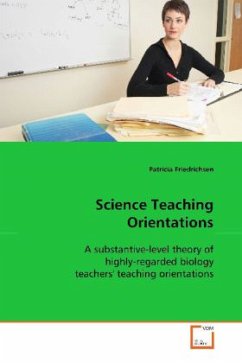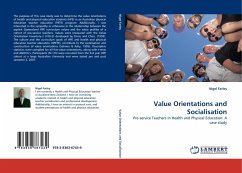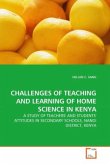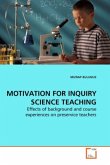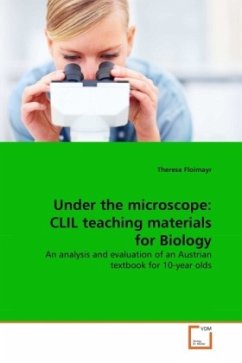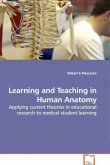Science teaching orientation, defined as a teacher s
knowledge and beliefs about the purposes and goals
for teaching science, is an overarching component
within the Pedagogical Content Knowledge Model for
science teaching. Due to the scarcity of empirical
studies in this area, this qualitative case study
examined the nature and sources of science teaching
orientations held by four highly regarded secondary
biology teachers. Ground theory methodology was used
to inductively analyze the interview data. The
findings of this study indicate that science teaching
orientations are more complex than initially
described in the literature. The participants
science teaching orientations consisted of central
and peripheral goals related to general schooling,
the affective domain, and subject matter. In regard
to the sources of science teaching orientations,
participants were strongly influenced by the
classroom context and their beliefs about their
students; additional influences included prior work
experiences, professional development, and time
constraints.
knowledge and beliefs about the purposes and goals
for teaching science, is an overarching component
within the Pedagogical Content Knowledge Model for
science teaching. Due to the scarcity of empirical
studies in this area, this qualitative case study
examined the nature and sources of science teaching
orientations held by four highly regarded secondary
biology teachers. Ground theory methodology was used
to inductively analyze the interview data. The
findings of this study indicate that science teaching
orientations are more complex than initially
described in the literature. The participants
science teaching orientations consisted of central
and peripheral goals related to general schooling,
the affective domain, and subject matter. In regard
to the sources of science teaching orientations,
participants were strongly influenced by the
classroom context and their beliefs about their
students; additional influences included prior work
experiences, professional development, and time
constraints.

